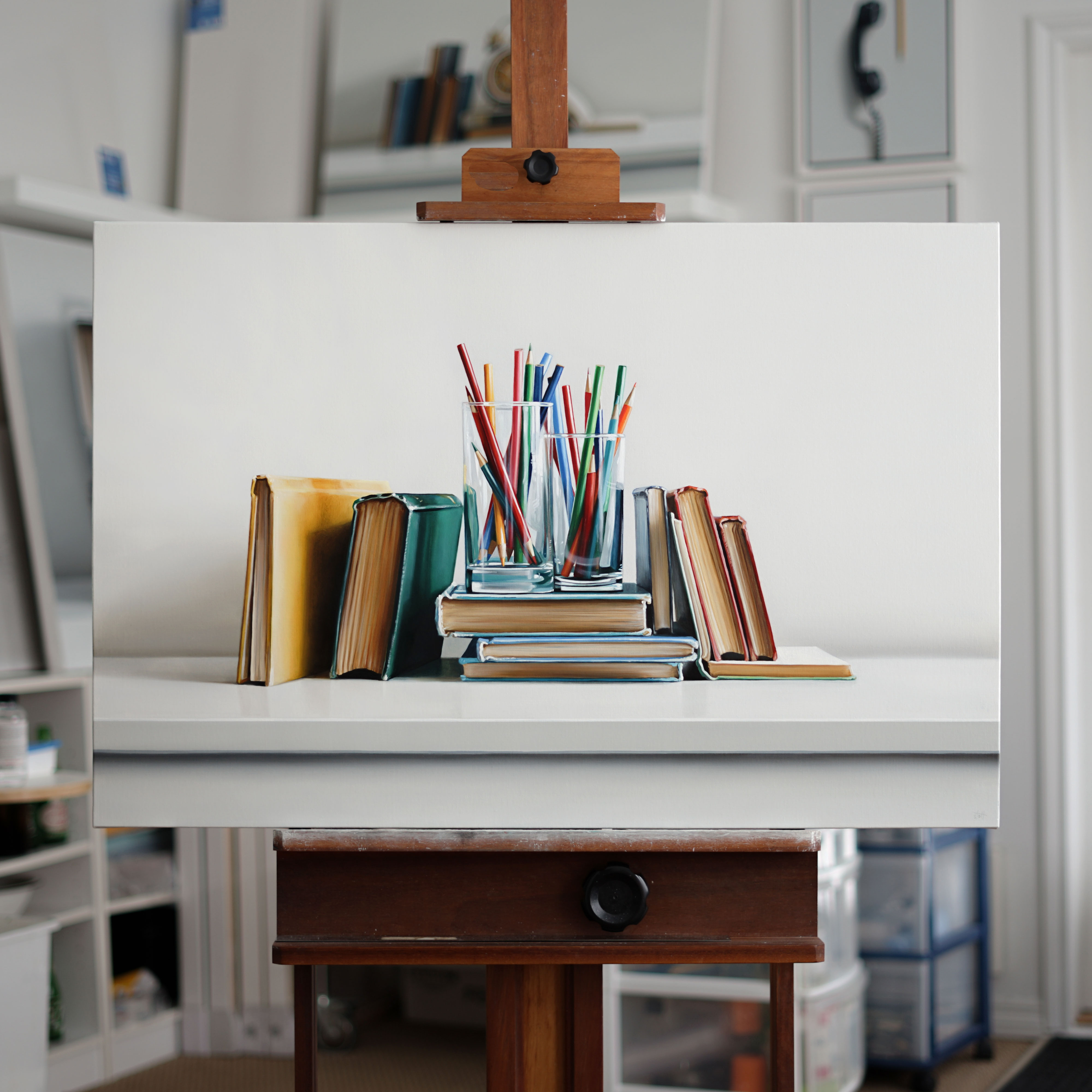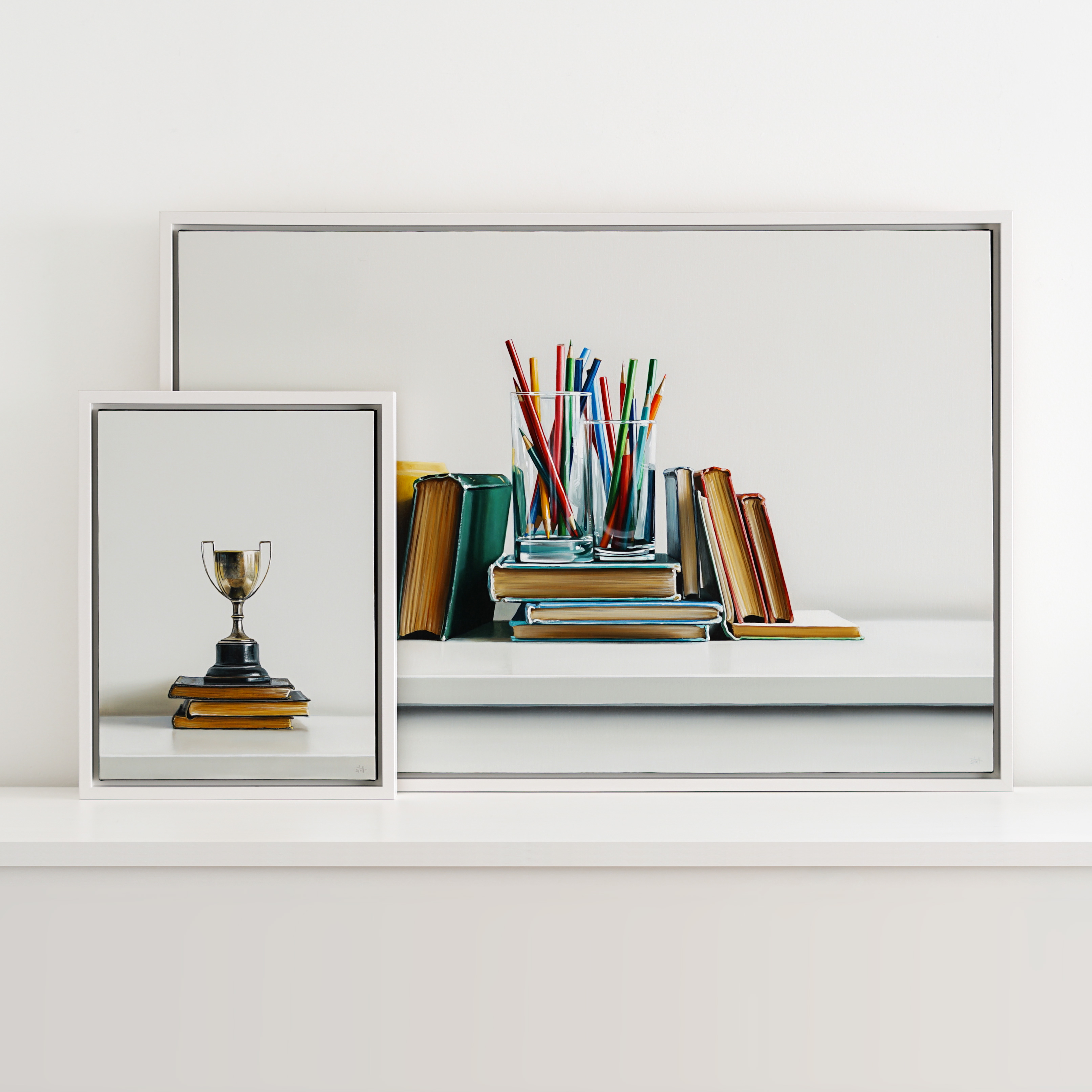I am back home in my studio after a journey to New York City to attend the opening reception for my exhibition that runs through to June 11. On the evening of the 26th, I had the chance to meet with and talk to collectors — and send some paintings on their way to new homes where I know they’ll be appreciated for ages to come. Sitting in a studio working on paintings can be a solitary experience, so it is redemptive to meet people who share an interest in what you do and are enthusiastic enough to talk to you about art for a good half hour.

When asked to come to New York, I jumped at the opportunity. I would treat it like a pilgrimage to the art galleries; my mission would be to meander at my own pace. I visited The Museum of Modern Art, The Frick Collection, and The Metropolitan Museum of Art. I went back to the MoMA and The Met twice; I wanted to get my money’s worth. I clocked nearly 20km a day on foot as I took guided tours and spent much time soaking up the atmosphere. These galleries also offer self-guided audio tours, so I listened to many curators and art historians talking about numerous artworks. I came home feeling fulfilled and satisfied. It was a good trip.
The remainder of my summer will be in my studio, working on a commission and four new large paintings for upcoming art fairs in Seattle and The Hamptons.



